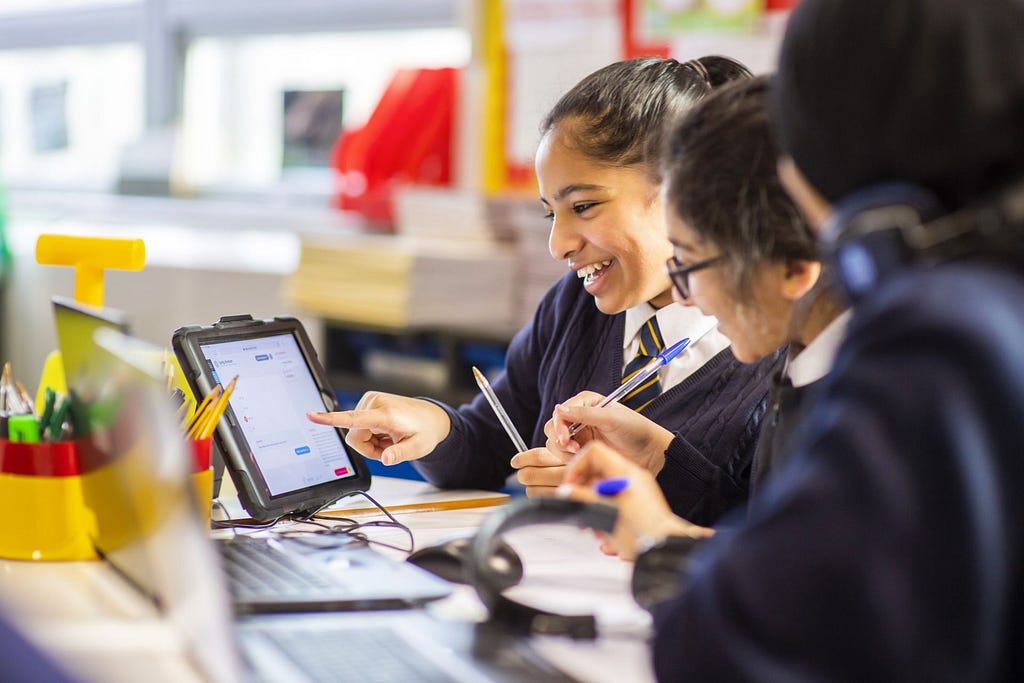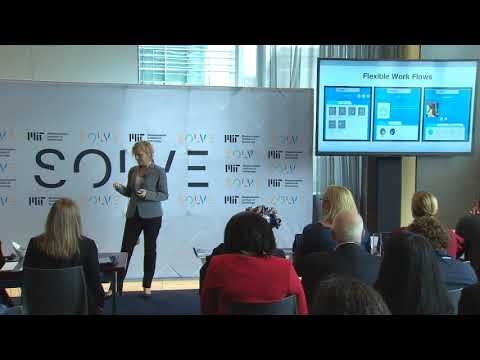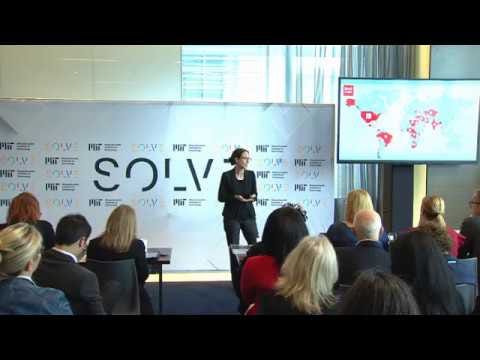Female-Led Teams Create Products That Advance Sustainable Development Goal 5: Achieve Gender Equality

By Alex Amouyel
Investing in women is an investment in the world, and more investors are recognizing the importance of investing in gender-balanced teams. But achieving gender equity calls for more than agreement. Less than 10 percent of these same investors build a strategy or set targets to fulfill this belief, and only 10 percent of women are in senior decision-making positions. In 2017, less than 3 percent of global venture funding went to female-led teams. However, at MIT Solve, we believe in putting women’s great ideas into action.
MIT Solve is a marketplace connecting innovators with resources to solve global challenges. With 62 percent women-led startups, our 2018 Solver Class strikes more than balance. To highlight this impact, we’re featuring four of our women-led 2018 Solver teams that advance the UN Sustainable Development Goal 5 for gender equality, empowering women and girls worldwide.
From boosting the skills of garment workers to improving maternal health care to documenting sexual violence, these four startups are using tech to change lives and empower women in innovative ways. Each drives us toward reaching gender equality.
Looking for a job where you can put your talents to work making the world a better place? Search for a meaningful job on B Work, the largest impact-only job search platform.

Shimmy UpSkill
Women make up approximately 80 percent of the garment factory workforce. As factories shift toward automation, many of these women will be forced to look for new jobs.
That’s where Shimmy Upskill comes in. The Shimmy Upskill learning software uses game mechanics and artificial intelligence (AI) to teach digital pattern-making and 3D modeling — both in-demand skills.
“It takes a worker from zero to digitally literate in about four hours,” says Sarah Krasley, CEO of Shimmy Technologies. “If a worker shows aptitude in digital pattern-making, they can move into a higher-skilled, higher-paid position in a factory where they’re already employed.”
To accelerate the learning process, the program builds on skills workers already mastered from sewing experience. The result is a win-win system for female workers and apparel brands.

E-Heza
Throughout Africa, existing eHealth solutions are inadequate, and many applications do not enable providers to deliver effective and affordable health care.
Enter E-Heza, which takes a user-centered design approach to avoid traditional barriers to product adoption, making it easy for nurses to log health data while examining patients.
“E-Heza was created … to dramatically improve health care outcomes for mothers and children,” says Wendy Leonard, executive director of the Ihangane Project and leader of E-Heza.
The E-Heza solution provides real-time individualized data to help guide patient education. It also supports the data requirements of national governments, giving nurses the tools they need to adopt evidence-based clinical care protocols.

MediCapt
Every year, tens of thousands of women are raped in conflict zones around the world. Most don’t report these crimes, and when some do, many cases fail due to poor evidence. To counter this trend, Physicians for Human Rights (PHR) created MediCapt, a mobile app to make it easier to securely capture and transmit forensic evidence.
The app includes sophisticated encryption, cloud data storage, high adherence to chain-of-custody standards and tamper-proof metadata, so clinicians can securely save the evidence and transmit it to police, lawyers and judges. “PHR’s cross-sectoral model is transforming prosecutions,” says Karen Naimer, PHR’s director of programs and director of the Program on Sexual Violence in Conflict Zones.

Neopenda
Nearly 3 million newborns do not survive their first month in low-resource settings, but 80 percent of these deaths could be preventable with the right tools. Enter Neopenda, which builds medical devices for high-growth emerging markets — starting with an affordable neonatal monitoring device.
Neopenda integrates continuous monitoring of pulse rate, respiratory rate, blood oxygen saturation and temperature, and collects continuous sensor data at the point of care. “We have the ability to improve quality of care for over 16 million patients by 2023 and operate in over 4,000 facilities around the world,” says Sona Shah, CEO of Neopenda.
Alex Amouyel is executive director of Solve, an initiative of the Massachusetts Institute of Technology. This article was originally published by Impakter.
B the Change gathers and shares the voices from within the movement of people using business as a force for good and the community of Certified B Corporations. The opinions expressed do not necessarily reflect those of the nonprofit B Lab.

4 Startups Using Tech to Improve Women’s Lives Around the World was originally published in B the Change on Medium, where people are continuing the conversation by highlighting and responding to this story.